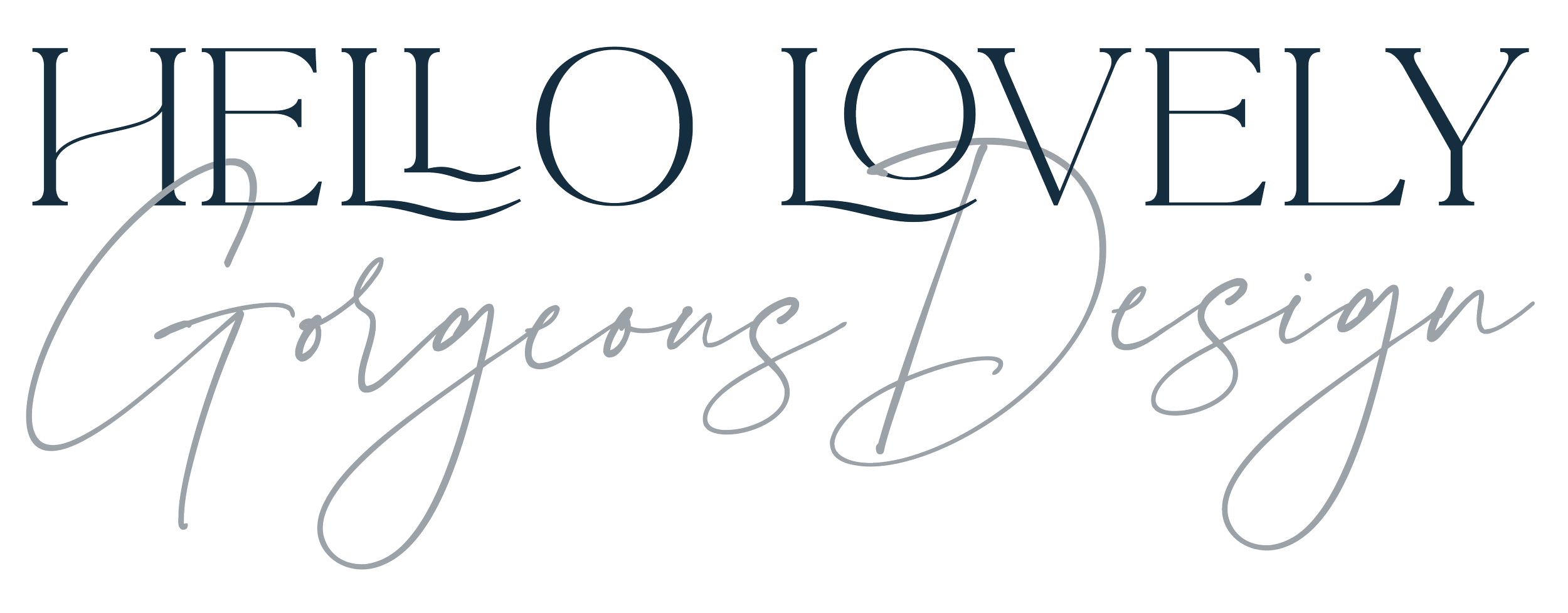A-Z of book publishing: learning about design
Learning about book design can make a difference to the publishing outcomes.
If a book is well written, it deserves the investment of design. Reader inattention can be avoided with the thoughtful and careful consideration of an experienced book designer.
Once your manuscript is converted into a professional and attractive layout, using Adobe InDesign, it will be suitable for print and ePub conversion.
If you go onto Amazon and look at the Kindle store you’ll see millions of books. It’s a massive industry. The reader will often take seconds to chose to buy a book based on the cover, screen grabs of interior pages and a sample. If the book fails to deliver because it’s hard to read, is unprofessionally designed or a large mass then the sale will probably fall through.
Cover design
Early print cover for a Chaucer series, showing textures that make full use of the spine and back cover.
Although people say ‘don’t judge a book by its cover’, that also applies to publishing and design teams. We’re also book buyers and will know when the author hasn’t invested. We like well organised, beautiful and engaging covers.
Hello Lovely designs book covers to appeal to your chosen audience and never from a template because your content is unique. This includes book covers for ebooks—only a front cover design will be needed—and for printed books comprising the front, spine and back of the book with an ISBN barcode if required.
Part of a book cover is the sales material, so Hello Lovely will release the front cover to you around first or second proofs of the internal design so that you can start to share the cover to your readers and grow sales.
Internal text design
The design of the book’s interior is also important for reader enjoyment and sales. Designing the internal pages of books is also called typesetting or book layout and it involves a combination of text formatting and graphic design. The process begins with a concept design, taking your manuscript and creating a sample chapter design. There are many elements in making book design good and as unobtrusive as possible. In each design the following are taking into account:
page margins (allowing for paper thickness and binding)
page numbering, headers and footers
colours
fonts
leading (space between lines)
kerning (space between letters)
space (between paragraphs, headings and more)
formatting chapter beginnings (we might use a dropcap, small caps, or something else)
paragraphing (what kind of paragraphs should be used, indents, etc.)
alignment (of headings, objects, text, and more)
In factual or reference books these elements will also need to be designed:
bullets and numbered lists
tables
pull quotes (a quote taken from the text that is then displayed larger with more effects)
quote marks (single, double, font choices, etc)
indentation
divider lines (e.g. dinkuses)
graphics and images
captions and photography credits
If your book has poor formatting or isn’t providing as the appropriate PDF quality this will cause extra costs and print delays. After the print stage, your book is converted to an ebook. It will retain any poor formatting as an ebook. That’s why it’s imperative to consider all these design choices early on.
Ebooks
The ebook cover for one of the Chaucer series which became a series of very bright series
Another important consideration in preparing your book for ebook conversion is whether your ebook needs to be reflowing or fixed layout. Berenice can assist you with both and deciding which works best for your publication. The design aspects of a reflowing ebook are more related formatting, but the latter involves fixed page design similar to designing a book for print.
Fixed layout ebooks, require us to make decisions about how the text, images and pages sit on an ebook reading screen. Together, we can choose to set the fixed layout ebook as a two-page spread or as single pages. Fixed page ebooks are most often used for complex designs that you want to look the same. Children’s picture books, cookery books, art or photography and heavily illustrated reference books are often better as fixed layout ebooks.
Berenice is experienced in working with all of these types of layout. If you choose someone inexperienced with fixed layout ebook design and development, you may end up with an ebook that has:
page sizing not suitable for all devices
text that is too small
text and images that are awkward to read
absence of hyperlinks, cross references and interactivity
a poorly chosen cover size that looks odd on the ebook shelf
difficult UX navigation (table of contents, index etc.)
Branding
Finally, it is important to consider how the presentation of your book impacts on you as an author or business. If you want your name and/or your brand to be viewed in the best possible light, you need to give your book the expert treatment. Berenice suggests looking up Daphne du Maurier and the range of covers that were published for her work and thinking about which one best reflects the author and her image.
Need more advice?
When you contact Hello Lovely, Berenice can use her experiences in scheduling, design and book production to help your publishing process go as smoothly as possible.


